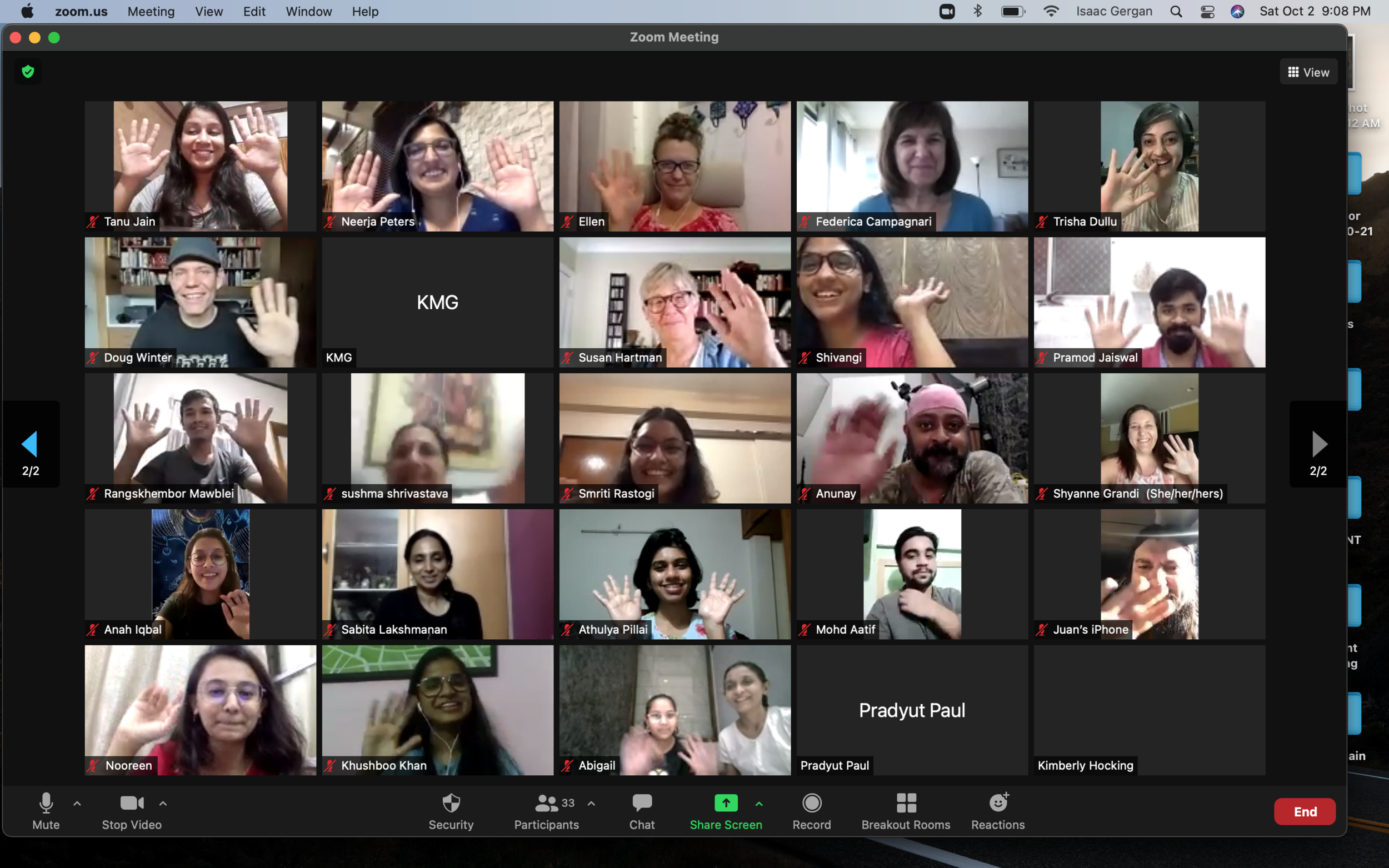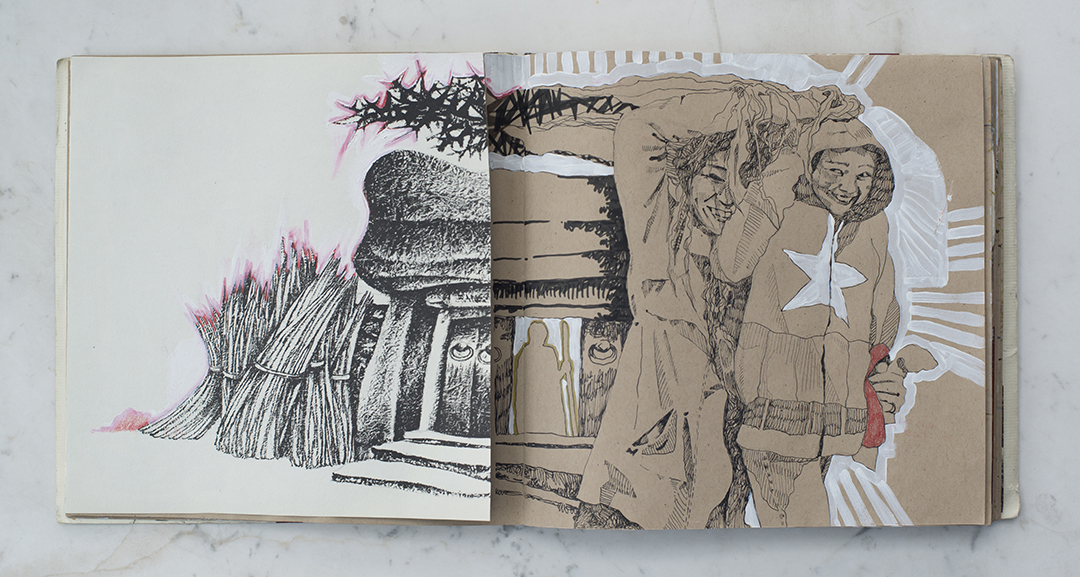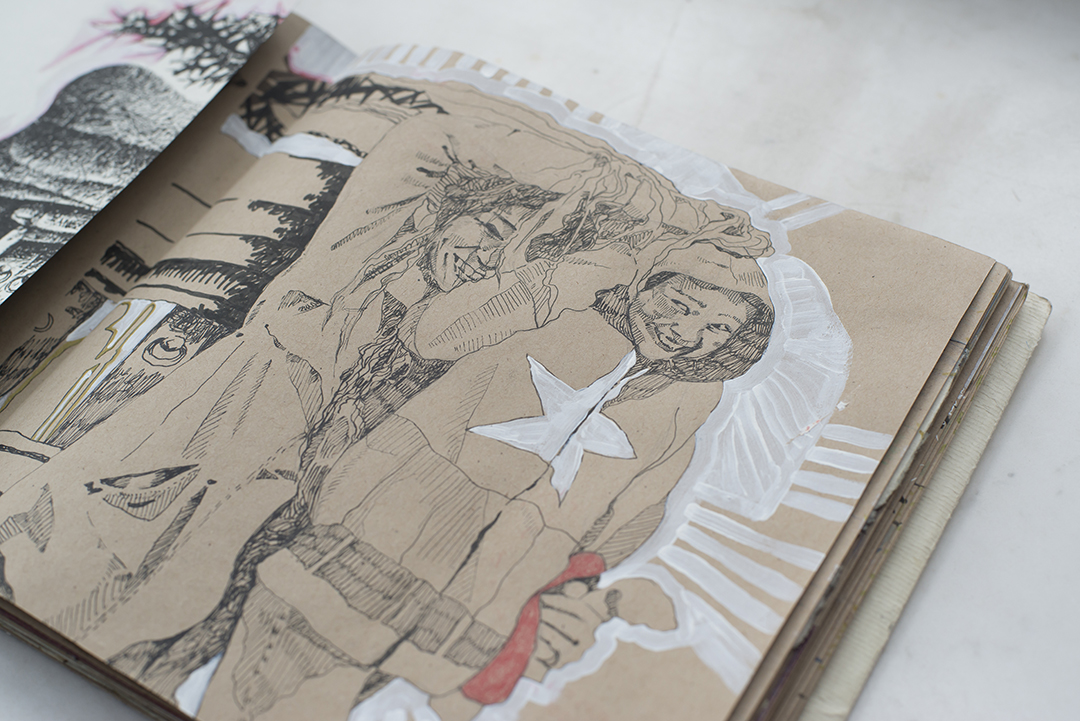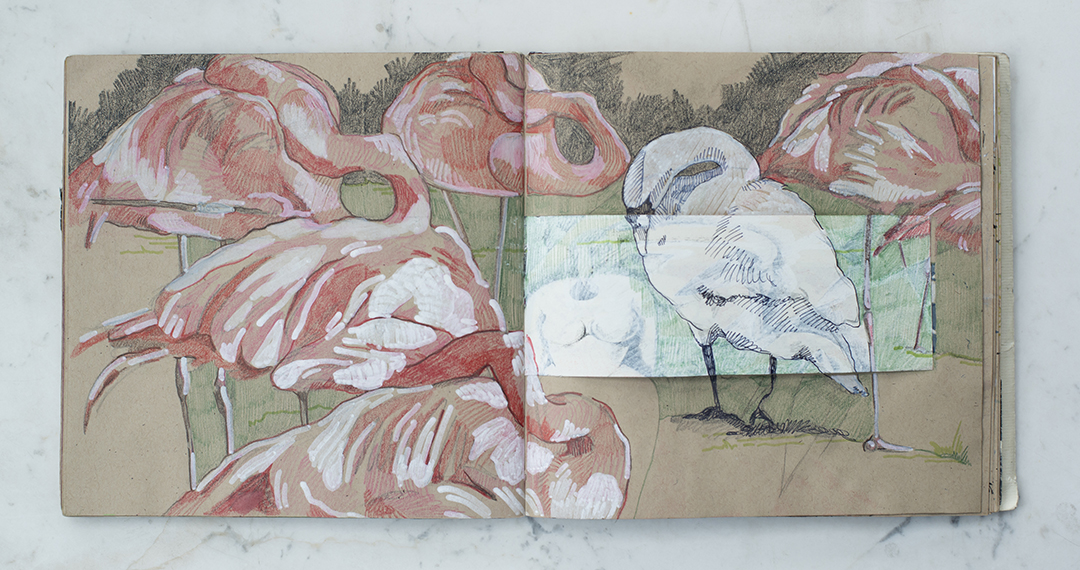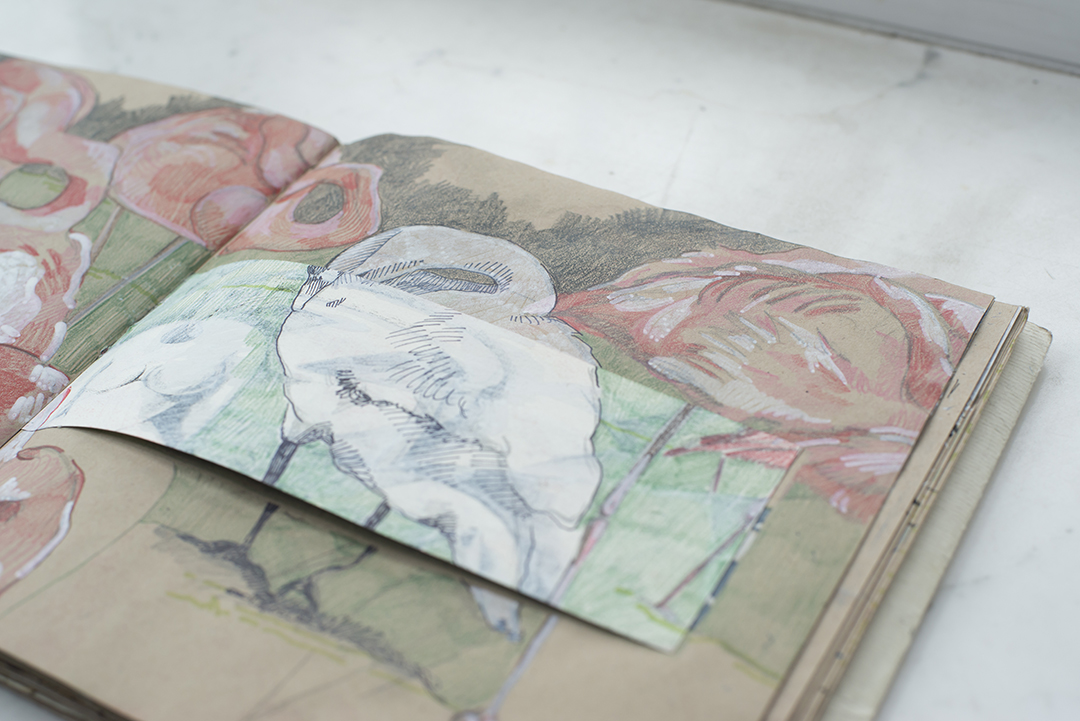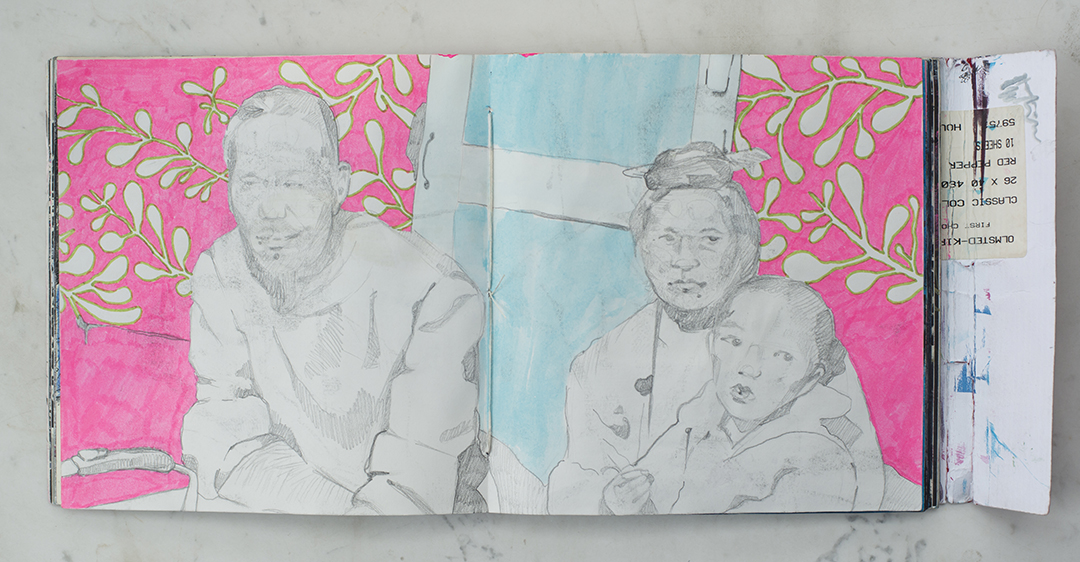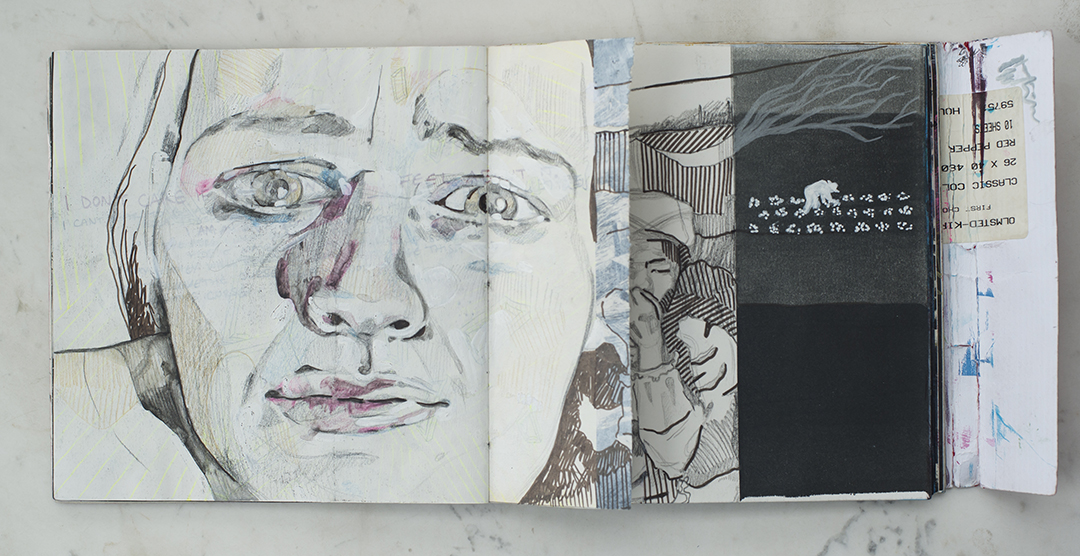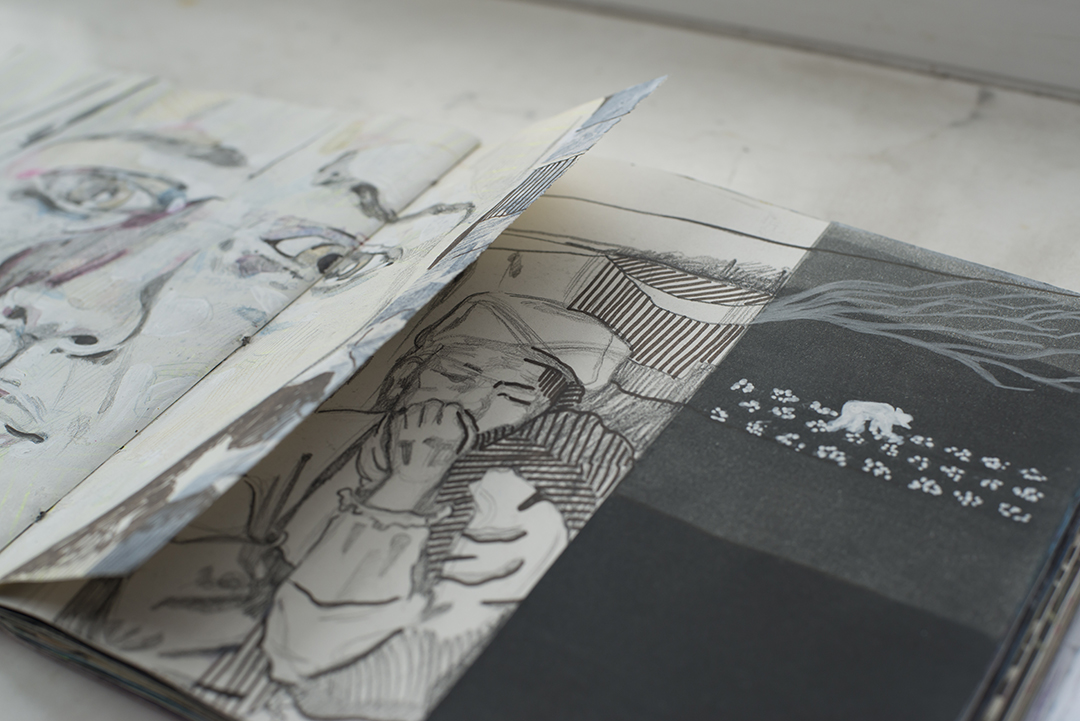Some people don’t want to know what the work is about, and some of you can’t enjoy it without knowing :). For those of you who inhabit the second category, here is an artist statement about some of my recent work:
Faith Hampton is an American mixed media and collage artist with a Bachelor of Fine Arts from the University of North Texas. Moving to Europe in 2017 after an extended time in Asia entered her into an artistic period of relative isolation. It was as if she was creating within a dark tower, with no audience, critics, and artistic companions to help guide the way.
Connection, both spiritual and relational, is a valued part of what may seem on the surface to be an antisocial process. Art as a means of spiritual connection helps transcend the gap between the material world and the unseen, “making the invisible visible.” The slow ritual of creation transforms base scraps of paper from trash into sacred icons, connecting the artist and viewer to something powerful, immanent and unseen.
Art is created, to some extent, within the quiet of the mind, much like prayer. But prayer, like art, requires the existence of some external force with which one can connect; it creates a door to the outside. Collaging and reworking relics from the past is a way of reaching out, trying to reconnect the past in some way to the future, hoping to let the future bloom out of the past.
Many of Faith’s works are a visual depiction of the way memories and symbols of lost or distant relationships fade in and out of each other in the human mind, combining into something new. When the mind is full, we must take control of our thoughts and wrestle them into submission to whatever task lies at hand. Art, in contrast, is about releasing those thoughts and impressions and allowing them to float and swim about, forming new impressions about old ideas in the safety of one’s dark tower, and even expressing wishes or blessings for the subjects or ghosts depicted. Faith lets the thoughts roam free, and then at the end, seeks to bring them into unity, testing the limits of her media, learning to cover and reveal with patterning and transparent layers.
Through this process, Faith became more strongly aware of the need, especially in the isolation of the pandemic, to involve others in her work. This sparked the creation of an ongoing creative collective art project called The End of the World, where artists across various disciplines submit works, comment and respond to each others’ work, and springboard off existing submissions to create new threads of conversation. Several of the resulting pieces represent a further attempt to break out of the dark tower, as well as to survive within it; one key participant in The End of the World project is New York poet Eva Ting, whose Poems for a Pandemic, written inside her own dark tower, inspired The In-Between Series; several of these are displayed in this exhibition, with the poet’s permission.


















